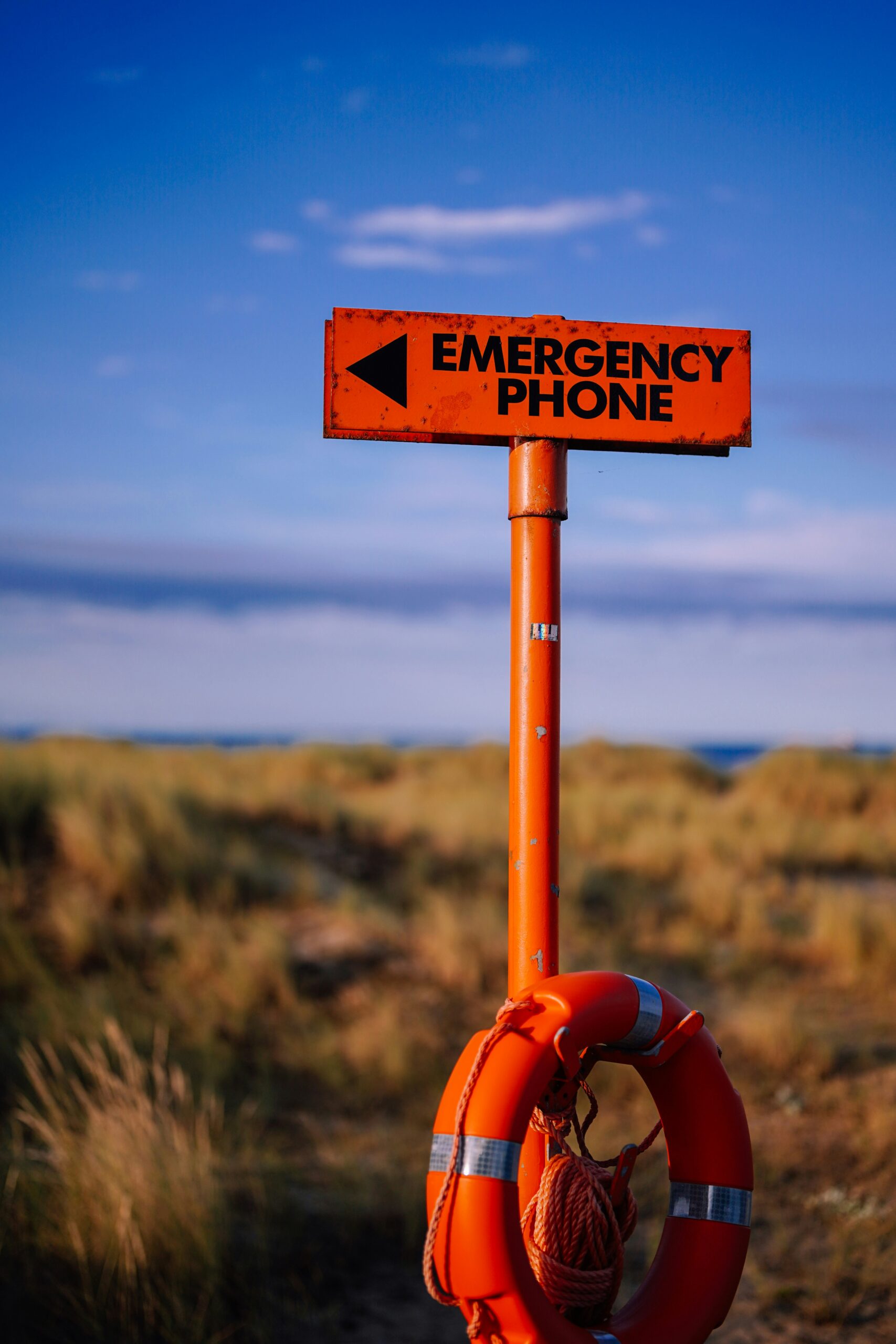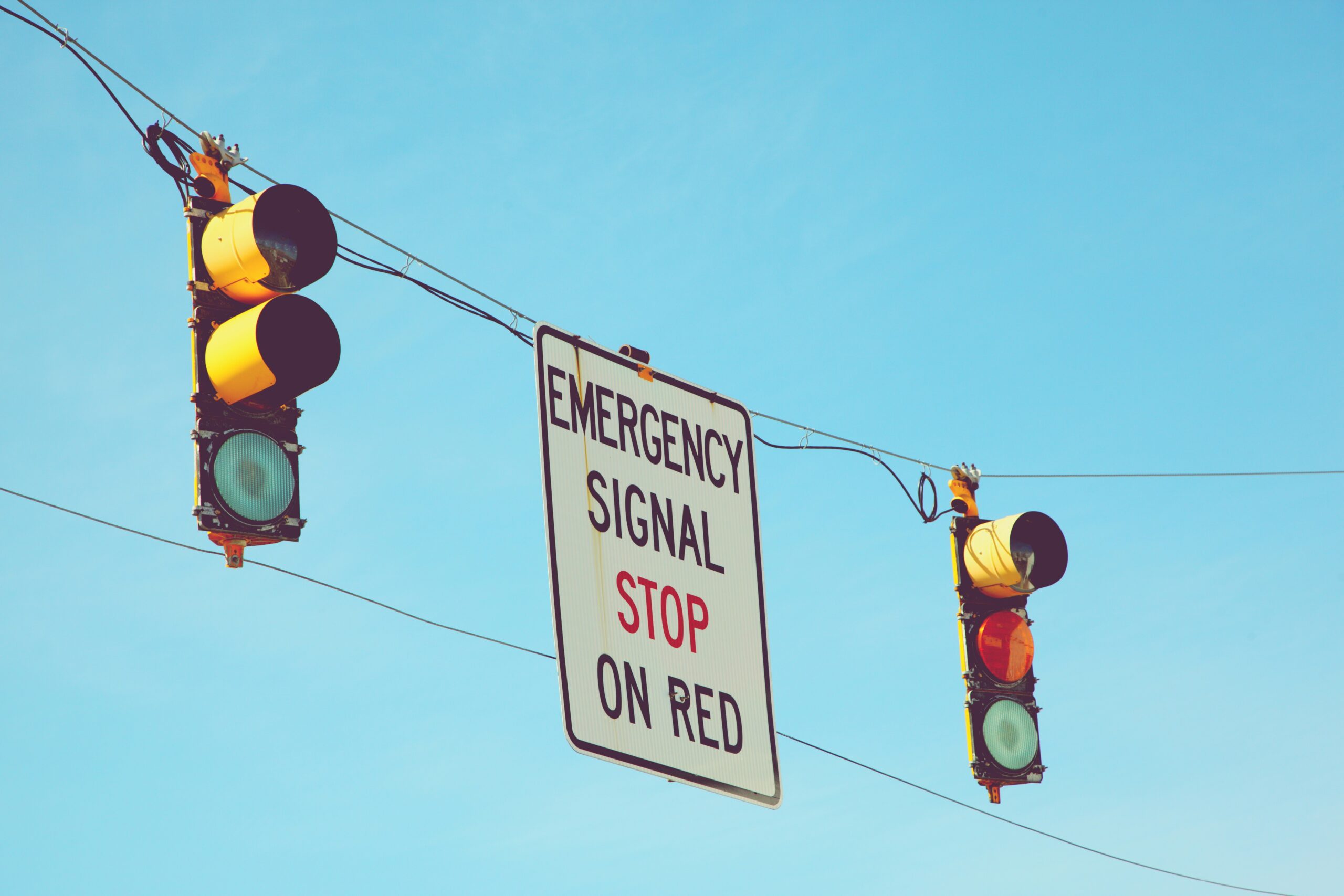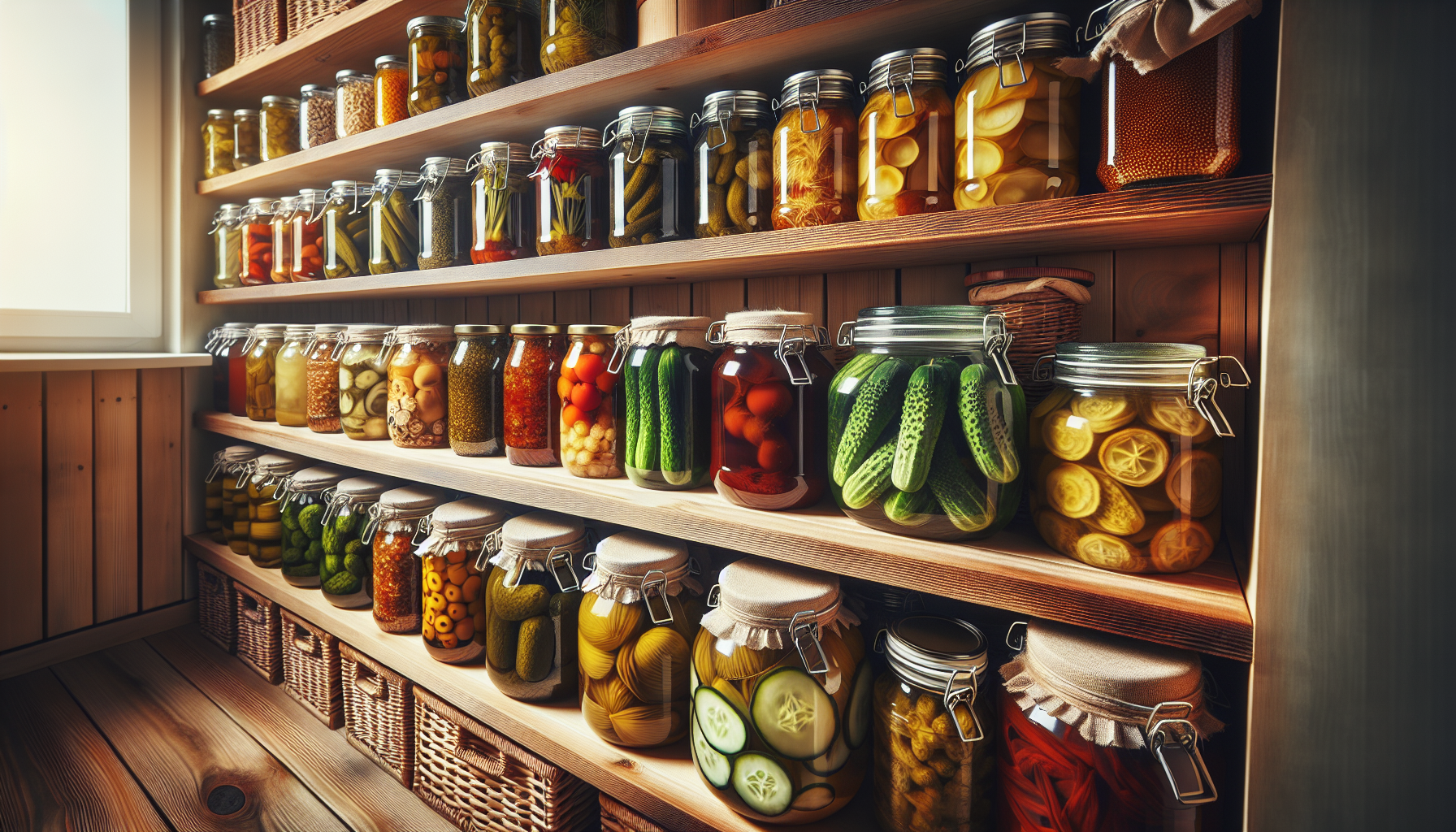Have you ever wondered if your homemade canned goods can be part of your emergency supply kit? In times of uncertainty, having a well-prepared emergency supply can offer you peace of mind and ensure your safety. While stocking up on water, batteries, and non-perishable foods is common practice, you might be asking whether your lovingly preserved homemade canned goods can also find a place in your emergency stash.

Understanding Canning: A Brief Overview
Canning is a method of preserving food that has been used for centuries. It involves sealing food in airtight containers to extend its shelf life and maintain nutritional value. The science behind canning is fascinating, relying on heat to destroy bacteria and microorganisms that can spoil food, while the airtight seal prevents new ones from entering.
Why Consider Canning?
Canning is not only a practical way to preserve seasonal harvests, but it also offers the opportunity to enjoy your favorite recipes year-round. However, when it comes to including these homemade delights in an emergency supply, there are several factors to consider.
The Basics of Home Canning
There are primarily two methods of home canning: water bath canning and pressure canning.
-
Water Bath Canning: Suitable for high-acid foods such as fruits, jams, jellies, and pickles. The acidity helps prevent bacterial growth, making this method effective and simple for many fruit-based recipes.
-
Pressure Canning: Necessary for low-acid foods like meats, vegetables, and soups. This method uses a pressure canner to reach higher temperatures, ensuring the destruction of any potential bacterial spores that thrive in low-acid environments.
Understanding which method to use based on the pH level of your food is crucial to ensure safety and spoilage prevention.
Pros and Cons of Including Homemade Canned Goods in Your Emergency Supply
Every decision has its advantages and drawbacks, and including homemade canned goods in your emergency stash is no different. Let’s break down the pros and cons.
Pros
-
Nutrient Retention: Properly canned foods retain a high level of nutrients, allowing you to keep your diet balanced even in emergencies.
-
Taste and Preference: Having familiar flavors can offer comfort during stressful situations. Homemade goods taste better and can boost morale.
-
Cost Saving: Preparing your jars can be more economical than buying pre-packaged options.
-
Customizable Content: You control the ingredients, ensuring they meet any dietary restrictions or preferences.
Cons
-
Storage Requirements: Canned goods need a cool, dark, and dry place for storage, which might not always be feasible in emergency scenarios.
-
Limited Shelf Life: While canning extends shelf life significantly, it’s not indefinite. Regular check-ups on your stock are necessary to avoid consuming spoiled food.
-
Risk of Botulism: Improper canning, especially of low-acid foods, can lead to botulism, a life-threatening illness. Vigilance and precision are paramount.
-
Space Consumption: The jars and cans can take up significant space compared to dehydrated or freeze-dried alternatives.

Assessing the Shelf Life of Homemade Canned Goods
Understanding how long your homemade canned goods will last is critical for a dependable emergency supply. Various factors influence shelf life, including storage conditions and the type of food.
General Guidelines for Shelf Life
- High-Acid Foods: Items like tomatoes, fruits, and pickles generally last up to a year or more, retaining safety and quality.
- Low-Acid Foods: Typically lasting 3 to 5 years when properly processed and stored, they include vegetables, meats, and soups in a pressure canner.
Storage Best Practices
For maximum shelf life, store your canned goods in a cool, dark place, ideally below 85°F but not freezing. Temperature fluctuations can compromise the jar seals and degrade the quality of your preserved food.
Signs of Spoilage
Be aware of signs like bulging lids, leaks, or any off-smell when you open the jar. These are indicators that the food has spoiled and should be discarded immediately.

How to Safely Prepare Homemade Canned Goods for Emergency Supplies
Following safe canning practices ensures that your homemade products will serve you well when you need them most.
Choosing the Right Equipment
Invest in a reliable water bath canner for fruits and high-acid foods, and a pressure canner for low-acid ingredients. Use only tested recipes to ensure times and pressures are accurately listed.
Accurate Measurements and Processing
Always follow guidelines for jar sizes, headspace (space from food to jar lid), and processing times and pressures. Never alter ingredients in recipes for low-acid foods, as this can affect acidity levels and safety.
Ensuring Airtight Seals
Once processed, ensure jars cool undisturbed for 12 to 24 hours. Test seals by pressing the center of each lid. If it pops up and down, the seal has not formed properly, and the jar should be refrigerated and consumed first.

Conclusion: Making an Informed Decision
Deciding whether to include homemade canned goods in your emergency supply is a personal choice that involves careful consideration. The benefits of taste, nutrient retention, and cost-saving must be balanced against potential challenges like storage space and the necessity of meticulous canning practices.
Key Takeaways
-
Balance Variety and Practicality: Include a mix of long-shelf-life store-bought and homemade canned goods if space and conditions allow.
-
Commit to Safety: Always prioritize safe canning protocols to prevent spoilage and foodborne illnesses.
-
Regularly Update Your Supply: Rotate your emergencies stock regularly to ensure the freshest reserves and replace items nearing their end of shelf life.
Your homemade canned goods can potentially be a valuable addition to an emergency supply, bringing comfort and nourishment when it’s needed most. With the right knowledge and practices, you can ensure the safety and reliability of your preserved foods.


